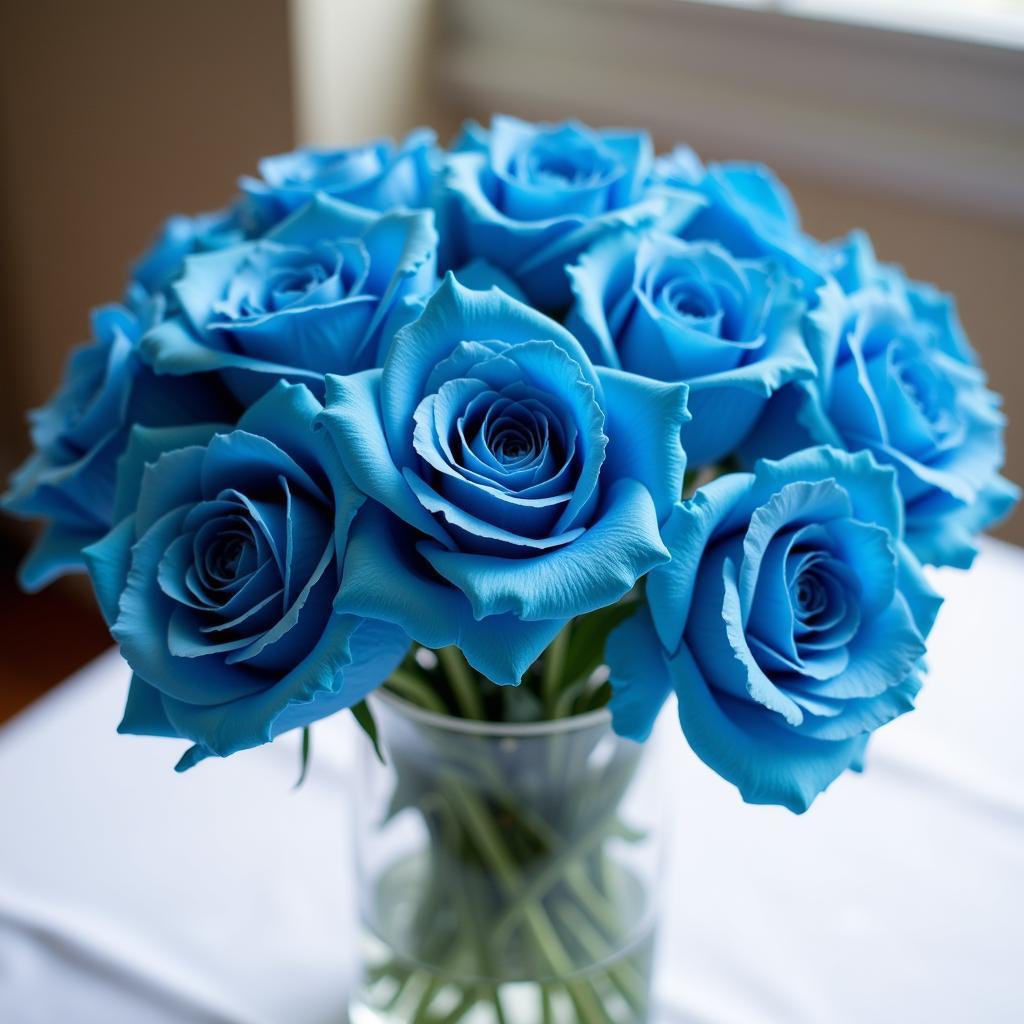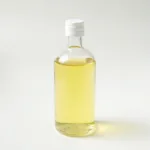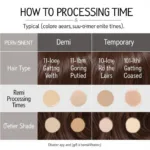Turning a pristine white rose into a vibrant shade of blue is a fascinating experiment that blends science and art. Whether you’re aiming for a whimsical touch for a special occasion or simply curious about the process, learning how to color a rose blue can be a rewarding experience. This guide will walk you through the steps to achieve this magical transformation.
Choosing the right white rose is crucial for vibrant color absorption. Look for roses with firm, unblemished petals that are just beginning to open. A slightly open bloom allows for better dye uptake while maintaining the rose’s delicate structure. You’ll also need to gather a few other supplies: sharp scissors, a vase, water, and of course, blue food coloring. Are you ready to discover how to choose makeup colors that complement your newly dyed blue roses? Check out our guide!
Understanding the Science Behind Blue Roses
The process of coloring a rose blue relies on the principle of transpiration, the natural process by which plants draw water up from their stems to their petals. By adding color to the water, we can essentially “trick” the rose into absorbing the dye, resulting in a gradual change of color in the petals. This technique is surprisingly effective and allows for a subtle yet vibrant hue. Do you know what color means friendship? Explore the symbolism of colors and deepen your understanding of their impact.
Gathering Your Supplies for Coloring Roses
Having the right materials at hand will ensure a smooth and successful coloring process. Here’s what you’ll need:
- Fresh white roses: As mentioned before, choose roses that are just beginning to open. Avoid roses that are fully bloomed or those with wilting petals.
- Blue food coloring: Opt for a liquid food coloring for easier mixing and better absorption. Gel food coloring can also be used but may require more dilution.
- Sharp scissors or a knife: These will be used to trim the stems of the roses at an angle.
- Vase or container: Choose a vase that is appropriate for the size of your roses.
- Water: Room temperature water is ideal.
Step-by-Step Guide to Coloring a Rose Blue
Follow these steps carefully to achieve the best results:
- Prepare the Roses: Remove any leaves below the waterline of the stems to prevent bacterial growth. Trim the stems at a 45-degree angle using sharp scissors or a knife. This angled cut maximizes the surface area for water absorption.
- Mix the Dye: Fill the vase with water and add approximately 20-30 drops of blue food coloring. The more dye you add, the more intense the blue color will be. Start with a smaller amount and add more if needed.
- Place the Roses in the Vase: Carefully place the trimmed white roses into the vase containing the dyed water.
- Wait and Observe: The coloring process takes time, typically between 24 to 48 hours. You’ll start to notice a subtle change in color within a few hours, with the color gradually intensifying over time.
- Monitor and Adjust: Keep an eye on the water level in the vase and replenish it as needed. You can also add more food coloring if you desire a deeper blue hue.
Tips for Achieving Vibrant Blue Roses
Here are some extra tips to enhance the coloring process:
- Warm Water: Using slightly warm water can help speed up the absorption process.
- Sugar: Adding a teaspoon of sugar to the water can provide additional nutrients for the roses and aid in dye uptake. Interested in finding the perfect color palette for your makeup? Learn how to choose makeup colors effectively.
- Sunlight: Placing the roses in a location with indirect sunlight can also help with the coloring process.
 Beautiful Blue Rose Arrangement
Beautiful Blue Rose Arrangement
Troubleshooting Common Issues
- Uneven Coloring: If the roses aren’t absorbing the dye evenly, try re-trimming the stems at a sharper angle.
- Fading Color: The color may fade over time. To maintain the vibrancy, you can refresh the dyed water every few days.
- Wilting Roses: If the roses begin to wilt, try adding a floral preservative to the water. Discover what colors do cats like the most and create a pet-friendly environment with your beautiful blue roses. What is Thomas Jefferson’s favorite color? Delve into the fascinating world of historical color preferences.
Conclusion
Coloring a rose blue is a simple yet effective way to add a unique touch to any occasion. By following these steps and tips, you can easily transform ordinary white roses into stunning blue blooms. Remember to be patient and enjoy the process of watching the magic unfold. How to color a rose blue is a question that opens doors to creativity and experimentation.
FAQs
- How long does it take to color a rose blue? It typically takes 24-48 hours.
- Can I use other types of dye? Food coloring is recommended, but other water-soluble dyes may work.
- Will the blue color last forever? The color will gradually fade over time.
- Can I color other flowers blue using this method? Yes, this method can be used with other white or light-colored flowers.
- Is it safe to handle dyed roses? Yes, food coloring is generally safe to handle.
- What if the roses wilt before they turn blue? Try adding a floral preservative to the water.
- Can I use this method to create different colors of roses? Yes, by using different food coloring.
Need further assistance? Contact us at Phone: 0373298888, Email: SEO.backlink@gmail.com or visit our address: 86 Cầu Giấy, Hà Nội. We have a 24/7 customer service team. You might also be interested in learning what color is your dress in Spanish, adding another layer of cultural understanding to your color exploration.

